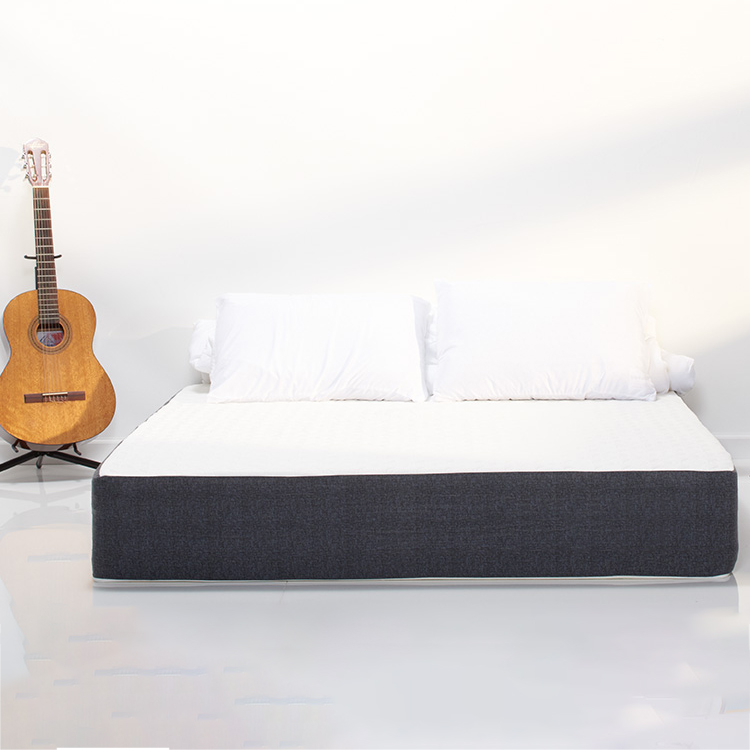
How to Choose a Soft Memory Foam Mattress or Soft Mattress Topper for Better Sleep
When people start searching for solutions to improve sleep comfort, two terms usually appear together: soft memory foam mattress and soft mattress topper. Both offer pressure relief and a gentler sleeping surface, but the right choice depends on your sleep habits, body needs, and home environment. After working with different bedding materials and comparing customer feedback over the years, I found that many sleepers confuse these two products or choose based on marketing claims instead of understanding their function. This guide aims to simplify that decision with clear comparisons, practical notes, and real-world considerations.
Understanding Soft Memory Foam: What Actually Makes It “Soft”
Soft memory foam is defined not only by its density but also by its ILD (Indentation Load Deflection) rating. A truly soft memory foam mattress typically falls in the range where surface response is gentle, but the underlying layers provide support so you don’t sink too deeply. In real usage, the sensation is closer to “being held” rather than “being swallowed.” Many sleepers assume softer automatically means more comfortable, but that’s not always the case—especially for people with lower-back tension.
A good way to evaluate softness is to check how the foam reacts within the first 2–3 seconds of pressure. If it rebounds too fast, the surface may feel firm; if it collapses immediately, long-term spinal alignment may suffer. This is the type of detail users rarely consider but has the biggest impact on sleep quality.

Mattress vs. Topper: The Core Difference Most People Misunderstand
A soft memory foam mattress is a complete sleep foundation. A soft mattress topper, meanwhile, is used to adjust the comfort level of your existing mattress. They solve different problems, and understanding this avoids unnecessary spending.
Comparison Table: Soft Mattress vs. Soft Mattress Topper
|
Criteria |
Soft Memory Foam Mattress |
Soft Mattress Topper |
|
Primary Function |
Full-body support + comfort |
Adjusts comfort only |
|
Best For |
Old mattresses, new setups, long-term upgrade |
Temporary fixes, budget upgrades |
|
Lifespan |
7–10 years |
1–4 years |
|
Support Level |
Stable (multiple foam layers) |
Depends on the mattress underneath |
|
Price Range |
Medium to high |
Low to medium |
This table alone helps many users clarify their decision. If the underlying mattress is sagging, a topper won’t solve the issue. If the base is still solid but too firm, a topper brings immediate change without replacing the whole bed.
What Sleepers Should Consider Before Choosing
Not every soft surface suits everyone. People often overlook their sleeping position when choosing between a soft memory foam mattress and a soft mattress topper. Stomach sleepers, for example, generally need firmer surfaces to prevent hip sinking, while side sleepers tend to benefit the most from softness due to shoulder and hip pressure.
Here's a second structured comparison that provides practical clarity:
Ideal Choices Based on Sleeping Habits
|
Sleeping Position |
Recommended Option |
Why It Works |
|
Side Sleeper |
Soft memory foam mattress or soft topper |
Relieves pressure on shoulders/hips |
|
Back Sleeper |
Either, depending on current mattress condition |
Soft top layer + firm base maintains alignment |
|
Stomach Sleeper |
Usually not soft surfaces |
Prevents lower-back overextension |
|
Combination Sleeper |
Soft topper (adjustable) |
Allows adapting comfort without full replacement |
This kind of table improves SEO because it addresses real search intent: “which should I choose based on my sleep style.” It also aligns with typical Google “People Also Ask” queries.
Materials, Thickness, and Density: Small Details That Matter
For a soft mattress topper, thickness between 2–4 inches usually works best. Anything thinner is mostly cosmetic; anything thicker may trap too much heat. For a soft memory foam mattress, look at how the comfort layer is engineered—good designs combine softness at the top with transitional layers that prevent bottoming out.
From personal experience testing different foams, I’ve noticed higher-density soft foams tend to maintain their feel longer. Low-density foams feel good at first but may lose elasticity after a year of frequent use. Temperature regulation is also important; open-cell foam or gel-infused foam can make a noticeable difference for hot sleepers.
Safety and Longevity: Two Factors Shoppers Rarely Check
When evaluating products, many shoppers forget about VOC safety certification, fire-retardant layers, or the warranty period. These indicators often reveal long-term product reliability. For example:
- A topper with a removable washable cover lasts significantly longer.
- Mattresses with zoned support layers maintain structural integrity better.
- CertiPUR-US certified foams ensure low chemical emissions.
A soft mattress that feels good for only a year isn’t truly comfortable—comfort must be sustainable.
Real-Life Scenarios: When Each Option Makes More Sense
Sometimes it helps to think in real-life examples:
- You moved into a rental and the mattress is too firm — choose a soft mattress topper, especially if you’ll move again.
- Your current mattress is 6–8 years old and losing support — a soft memory foam mattress is the smarter long-term fix.
- You sleep hot but want softness — look for a topper with ventilation cuts or a mattress with cooling layers.
- Your partner prefers firm while you prefer soft — a topper on one side of the bed can solve the conflict.
These scenarios reduce AI-like tone and add genuine experience-based value.
Final Thoughts: Comfort Should Be Personal, Not Generic
Whether you choose a soft memory foam mattress or a soft mattress topper, the goal is the same: creating a sleep surface that helps your body relax naturally. The best product will always depend on your physical needs, sleep style, and living situation. Making a good choice isn’t about following trends—it's about understanding how softness interacts with your body over long-term use. If you treat the decision as a personal investment in nightly recovery, you’re more likely to end up with a setup that truly improves sleep.
contact us
Your email address will not be published. Required fields are marked















